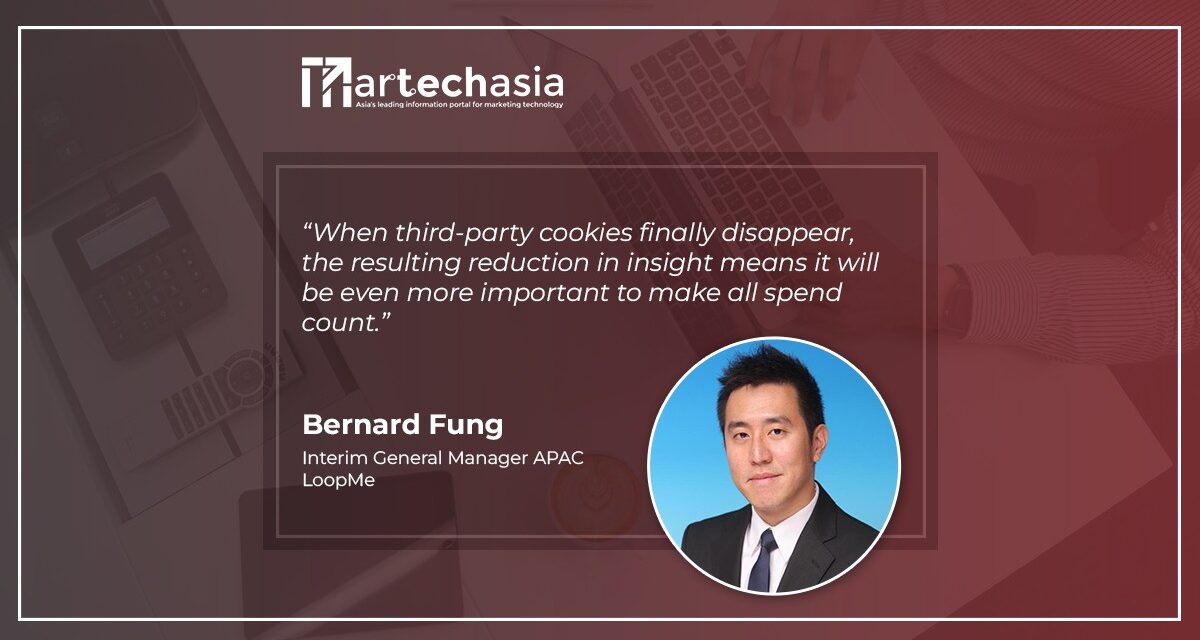Why marketers need to measure outcomes, not clicks and harness real-time optimisation to future-proof campaigns.
The sudden rise in the cost of living is having a profound impact on many industries as consumers adjust to the new economic climate. With this unfolding against a backdrop of rapid adoption of hybrid working, it’s increasingly critical for marketers to ensure they stay on top of shifts in consumer behaviour — and act on it accordingly.
While Google may have given third-party cookies a stay of execution until 2024, marketers are under immense pressure to achieve timely and effective data activation in the face of the fast-changing consumer trends heightened by the cost-of-living crisis. It’s essential they have full confidence in their data in order to gain actionable insights and optimise ad spend; but worryingly only 22% of marketers in APAC say that this is currently the case.
The inexcusable waste of $137m in digital ad spend in APAC last year has brought this issue into even sharper focus. When third-party cookies finally disappear, the resulting reduction in insight means it will be even more important to make all spend count. Only a robust approach to data activation and campaign measurement — backed by smart technology that can offer real-time, accurate analysis — will do.
Measure outcomes, not clicks

Efforts to end the industry’s addiction to click-through rates seem to be largely overlooked, despite much more sophisticated digital metrics now available. Using CTR and impressions to measure user behaviour only gives a snapshot of what’s really happening; these metrics don’t give a holistic view of consumer behaviour over time, how it changes, or what actually prompted conversions. Rather than helping to quantify ROI, they make it harder to effectively calculate.
Given the lack of confidence marketers in APAC have in the ROI data they use, it’s concerning that their spending on social media has increased with CPC and impressions used primarily as metrics. With just a narrow view of campaign performance, marketers don’t have the data they need to see the big picture; a picture that would allow them to adapt to changing consumer behaviours.
Rather than measuring clicks, marketers need to measure outcomes instead. Building campaigns around the most important metrics and optimising them towards specific KPIs such as awareness, purchase intent, consideration, foot traffic, and sales, is the key to succeeding in outcomes-based advertising. With the right tools to consistently evaluate campaigns in line with tangible objectives, marketers are putting their campaigns in the best possible position to connect every ad to the results it generates and avoid wasting spend.
Harnessing real-time optimisation
The use of AI in marketing is on the increase, which is no great surprise; it enables quick and accurate analysis of large data sets to decipher patterns and it is already being used in some shape or form to aid decision making by 92% of businesses in the APAC region. But AI has much more to offer than merely improved number-crunching. Deployed in the right way, it can help marketers optimise campaigns in real time, greatly reducing the period between data acquisition and implementation.
When used in conjunction with outcomes-based metrics, AI can use both historic and current data from ad requests to calculate the likelihood of driving specific goal actions, such as purchases or website signups. This process runs in real time, giving marketers the chance to tweak current campaigns to maximise impact and minimise wasted spend. The data generated will also offer value in the longer term, widening and improving the dataset the system has to work with, so future campaigns will also have a greater chance of success.
Future-proofing campaigns
It’s the future to which marketers should be looking. By cutting ties with soon-to-be obsolete third-party cookies and misleading CTRs, they can fully embrace outcomes-based techniques and AI to ensure successful days ahead.
Predictive insights will allow marketers to make better future decisions, using data they have 100% confidence in. Advanced predictive models based on known outputs about positive and negative outcomes from past campaigns can provide a basis for building the best possible model for any future dataset. Using mechanisms such as Bayesian systems AI engines can employ their deep understanding of factors likely to affect future results, whether location or purchase data, or attitudinal data taken from customer surveys.
AI provides the opportunity for marketers to create multiple predictive models in order to find granular patterns in data, letting them pinpoint which segments of their audience are likely to respond in a certain way and lead to the outcomes they want.
Even better, though, is the future-proof nature of well-trained AI models. They can deliver exceptional accuracy without having to fall back on third-party cookies or persistent identifiers. The precision of prediction will increase with every campaign.
Outlay on AI in marketing is predicted to rise to $26bn by 2028 in APAC, which is a strong signal that marketers are keen to embrace new technology in order to achieve their objectives. However, having the right technology is one thing, using it in the right way is quite another. Marketers that don’t change their outlook will find themselves with the same old problems. There needs to be a movement away from proxy-based metrics towards outcomes, coupled with the correct application of AI if they want to make an impact — and maximise spend — with their campaigns.


















